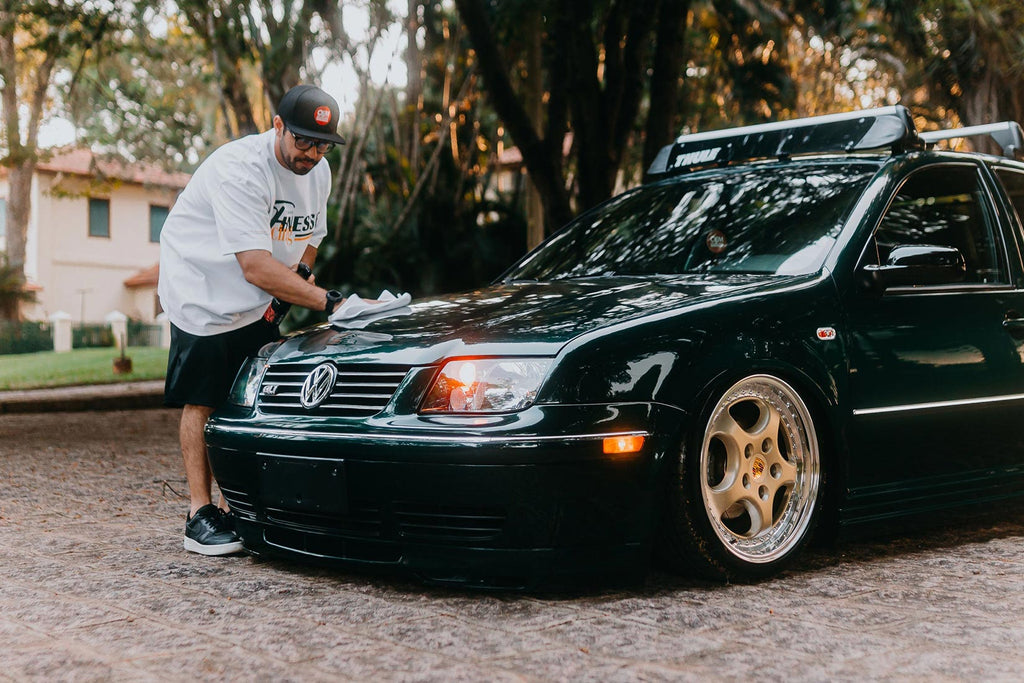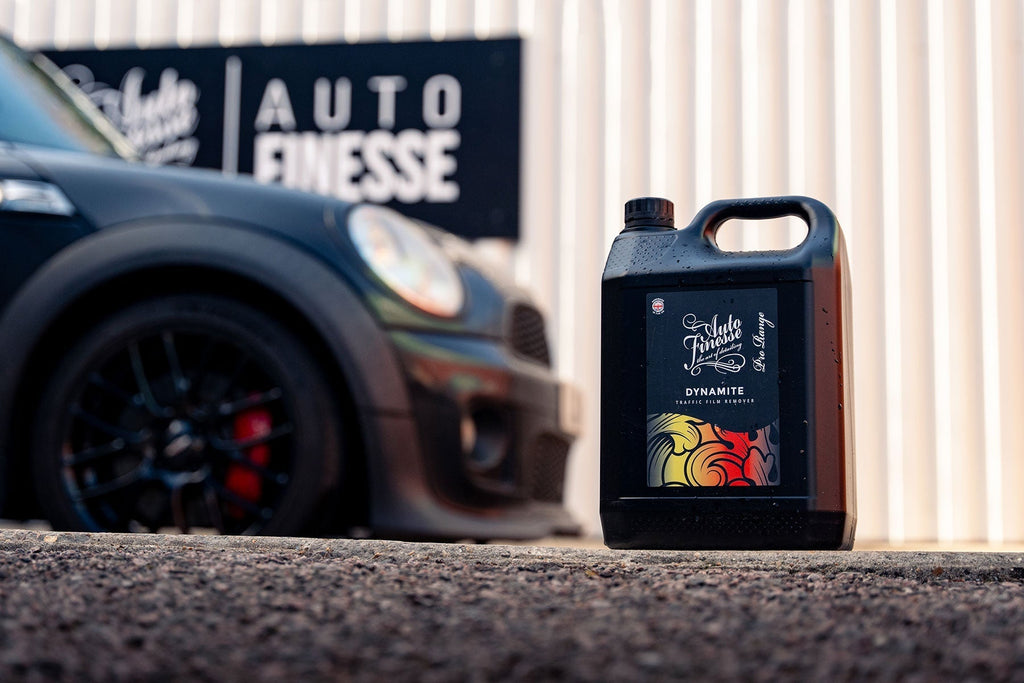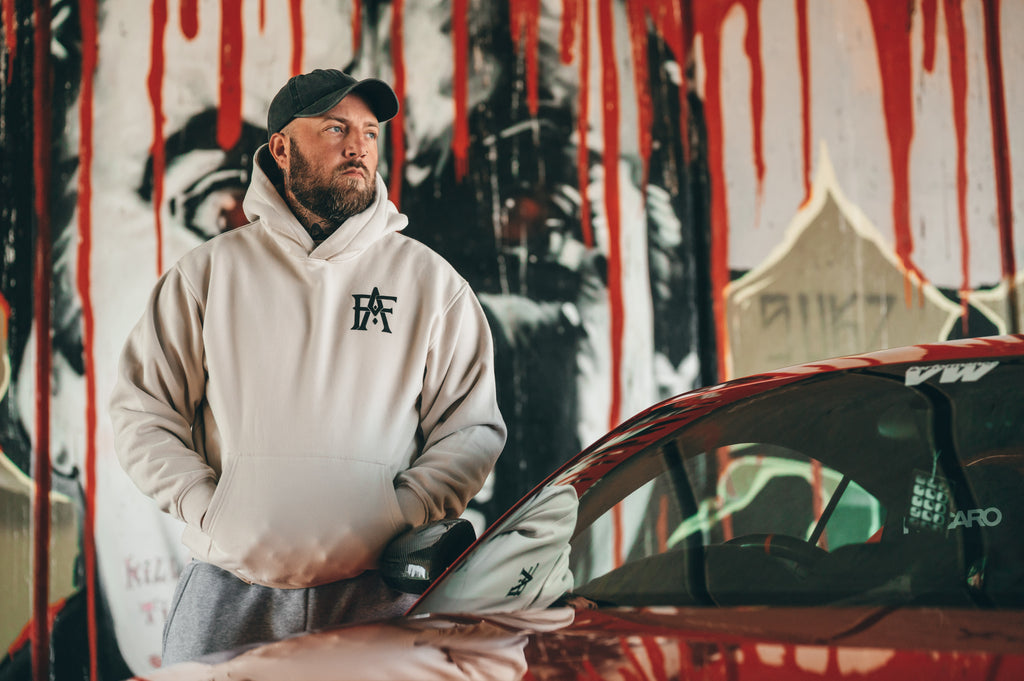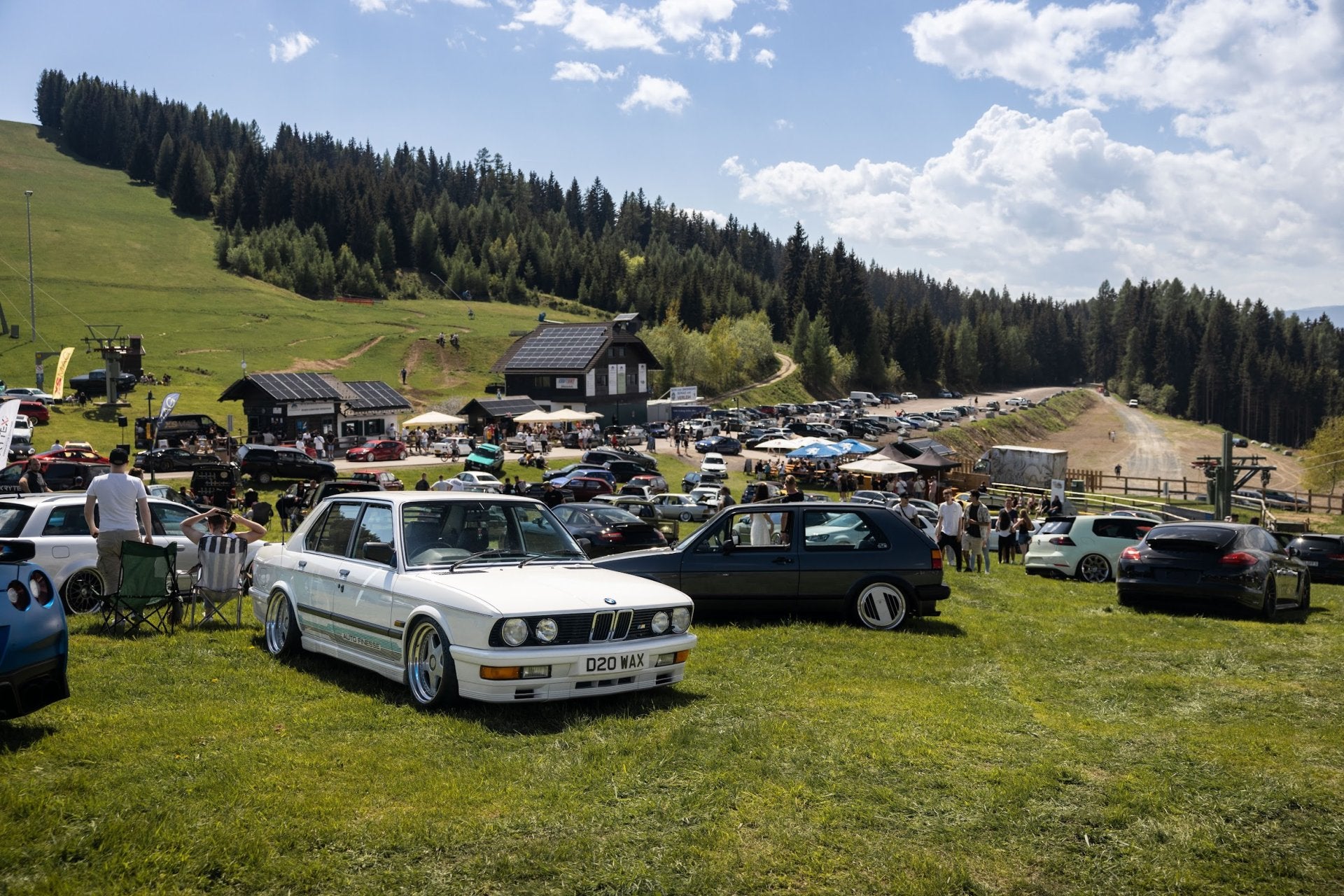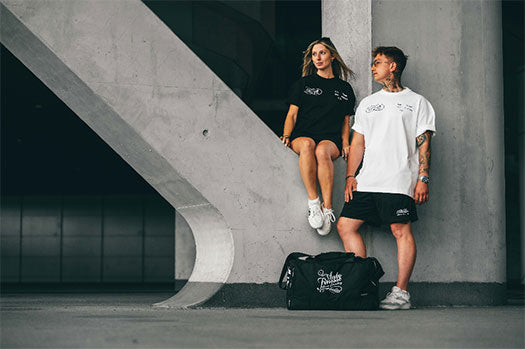The Legend Of Worthersee
The Wörthersee Treffen, often referred to as simply "Wörthersee," stands as one of the most iconic gatherings in the automotive world, particularly for fans of Volkswagen Group cars and the broader European stance and modified scene. Spanning decades, this event wasn’t just a car show—it became a pilgrimage, a celebration of car culture, and an enduring symbol of community among enthusiasts. However, its story is as much about its rise and glory as it is about its transformation, challenges, and eventual decline. Let’s dive into the history and significance of Wörthersee Treffen, its evolution, and what a potential return could mean for the scene.
Wörthersee Treffen started in 1982 in the picturesque Austrian town of Reifnitz, located on the banks of the Wörthersee lake. Originally conceived as a small gathering for Volkswagen enthusiasts, the event celebrated the camaraderie and passion for VW vehicles, particularly the Golf GTI, which had already established itself as a hot hatch icon.
The event was simple at its core—an organized meet-up where like-minded individuals could share their love for cars. Early gatherings were quaint but drew more and more enthusiasts each year, thanks to the stunning alpine setting and the irresistible charm of modified cars parked against the backdrop of Wörthersee’s serene waters.
By the 1990s, Wörthersee Treffen had evolved from a niche VW meet to a massive celebration of the broader Volkswagen Group and car culture as a whole. Enthusiasts from across Europe—and eventually, the world—flocked to Austria, showcasing everything from meticulously restored classics to cutting-edge builds. The event’s official backing from Volkswagen Group in the early 2000s cemented its status as a premier car event.
The rise of the "stance" scene in the 2000s and 2010s further transformed Wörthersee into a playground for creativity. Cars with air suspension, ultra-wide wheels, shaved bays, and intricate details became the norm. The event became not just a display of cars but a stage for setting trends. Builders debuted cars specifically for Wörthersee, knowing the attention and prestige the event brought.
By the mid-2010s, something extraordinary began happening: the weeks leading up to the official event became more important than the event itself.
The streets of Reifnitz and surrounding towns were lined with enthusiasts arriving early to soak up the atmosphere. Parking lots, petrol stations, and mountain passes became impromptu car meets, creating an organic and decentralized celebration of car culture. It was no longer about the show stands or official events—it was about the spontaneity, the night drives, and the sheer number of enthusiasts who transformed the town into a festival of cars.
This "pre-meet" culture became so dominant that many enthusiasts planned their trips entirely around these two weeks. By the time the official show rolled around, the excitement often felt secondary. Social media played a significant role in amplifying the significance of these unofficial gatherings, with photographers, videographers, and influencers documenting the raw energy of the scene.
Despite its global fame, Wörthersee Treffen faced mounting challenges. The sheer number of attendees—many of whom arrived long before the official event—overwhelmed the small town of Reifnitz. Complaints about noise, littering, and reckless driving increased as the event’s popularity soared.
Local authorities began imposing stricter regulations, with increased police presence and crackdowns on what many considered the spirit of the event: spontaneous meets and spirited driving. For some, the heavy-handed approach drained the fun and authenticity that made Wörthersee special.
The COVID-19 pandemic delivered the final blow. The event was canceled in 2020 and 2021, and while the world slowly reopened, Wörthersee Treffen was unable to regain its footing. Rising costs, logistical challenges, and ongoing friction with local authorities made a revival seem unlikely. In 2022, it was officially announced that the event would not return, marking the end of an era.
The end of Wörthersee Treffen left a void in the car community. For decades, it was a beacon for enthusiasts—a place where boundaries of style and engineering were pushed, friendships were forged, and memories were made. Its absence is deeply felt, but a return could be more than just a nostalgic revival.
A new Wörthersee Treffen could embrace the lessons of the past, balancing the spontaneity and freedom that defined its prime with a structure that respects local concerns. Modern organizers could harness the power of social media to coordinate events, reduce strain on infrastructure, and create a sustainable model for the future.
The return of Wörthersee would also symbolize the resilience of car culture, especially in a time when the automotive world is rapidly changing. It could reignite the spirit of innovation, inspire new generations of builders, and restore a sense of unity among enthusiasts.









